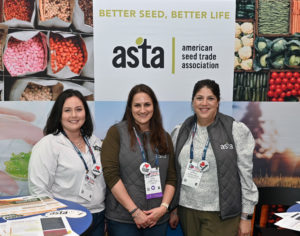A recent ASTA survey found that an added 10.5 million acres of cover crops will be planted in the next five years as a result of USDA’s Partnerships for Climate Smart-Commodities projects. The program, announced in February of 2022, was established to support conservation practices, particularly for small and underserved producers. ASTA’s survey focused on cover crop acres through the lifespan of the projects, using numbers provided by the respective projects leads.
“We’ve been paying close attention to the practice of cover crops and what that means for the seed industry and our ability to meet what is clearly a growing demand,” said Janae Brady, ASTA Vice President of Government Affairs. “As you look at sustainability practices, seed is a very important part of that solution.”
Cover crops provide a myriad of benefits – both economic and environmental – and are primarily used to slow erosion, improve soil health, help control pests and diseases, and offer many other benefits to producers. While helping farmers care for their land in between planting seasons, cover crops also enhance carbon sequestration and sustainability. The seed industry plays a critical role in supporting conservation programs by developing diverse, locally, and broadly adapted, high-quality seed.
Classic24 Janae Brady, ASTA 3:05
